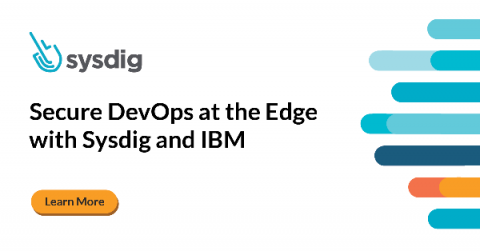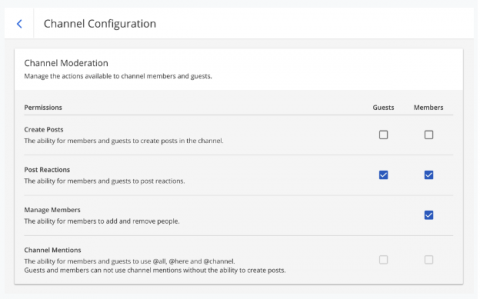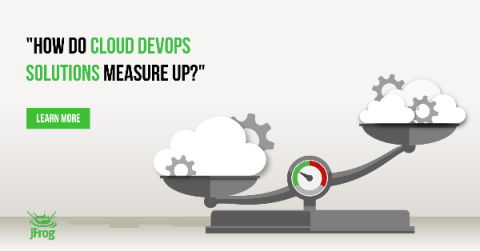What Is Cloud Monitoring? Features, Benefits & More
93% of businesses use cloud services, and many are looking forward to investing more in it. Which means almost everyone nowadays is using cloud in some form or another. If any part of your infrastructure is in the cloud, then you must monitor it. This article will show you the features and benefits of cloud monitoring. We’ve also covered how cloud monitoring can help in the current pandemic situation.











